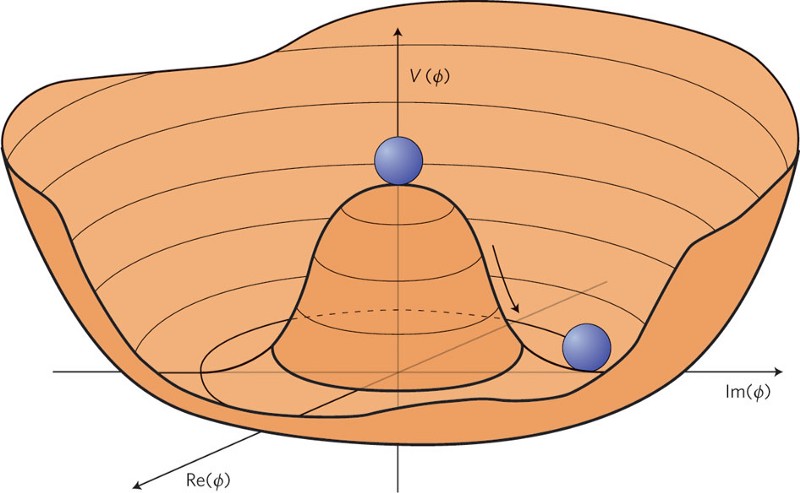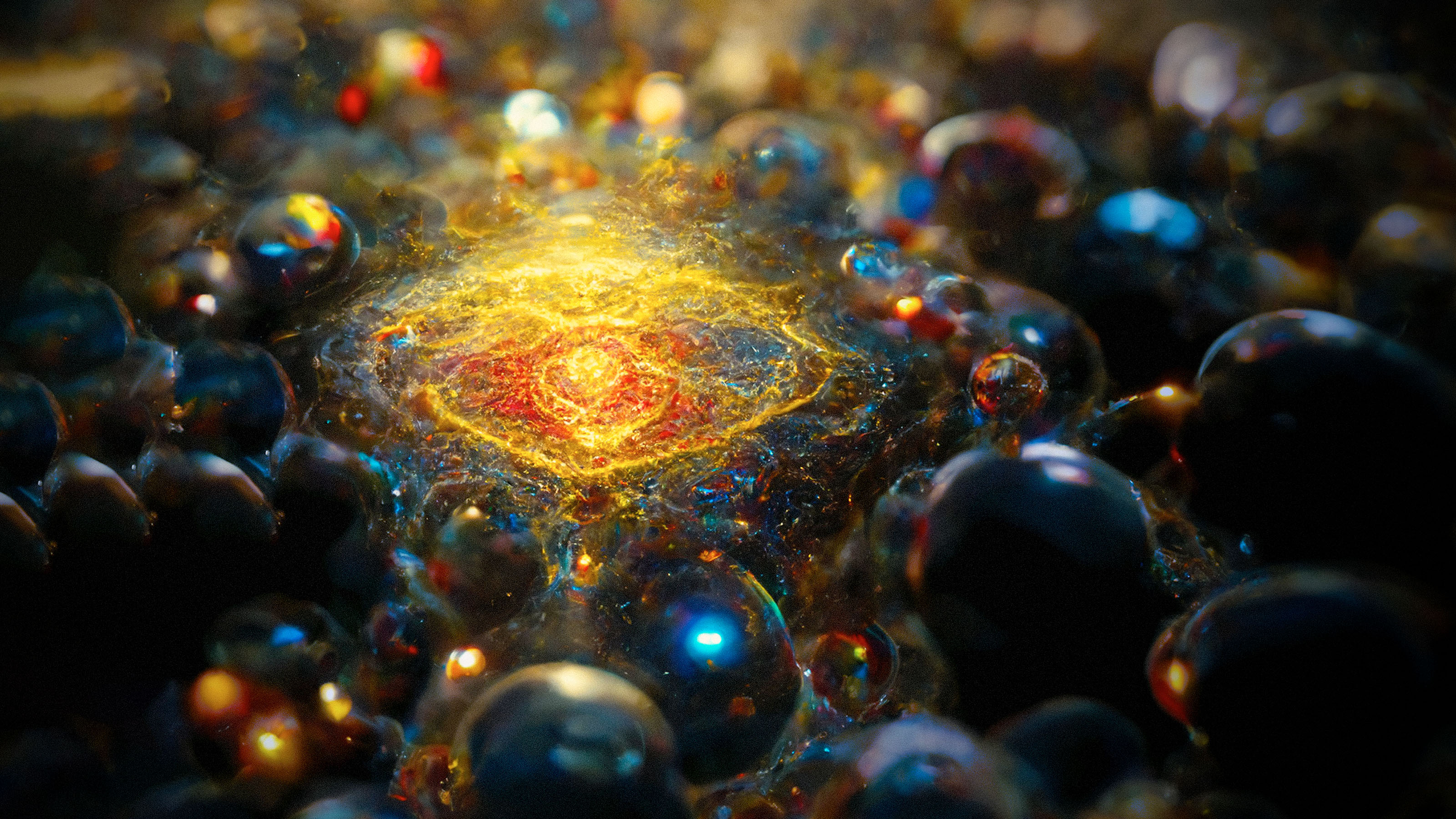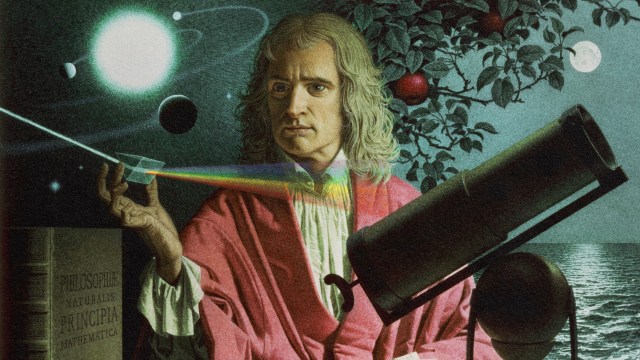Why does the Universe appear fine-tuned for life to exist?
- Minor alterations in fundamental constants could drastically reshape the Universe, preventing life as we know it.
- From theories of an intentional creator to the idea of sheer chance, the exact reasons behind our Universe’s configuration remain a mystery.
- The advent of quantum mechanics introduces a world of probabilities, suggesting a multiverse where each universe contains a different set of laws.
It is really quite amazing that you’re alive. I’m not talking about you specifically and how if your mom and dad hadn’t met, that you’d never have been born. I’m thinking much bigger, namely, about the fundamental laws of nature that govern the deepest and most basic behaviors of matter and energy. For reasons that we do not understand, among the many ways the Universe could be, it seems to be finely tuned in a way that makes it possible for life to exist.
Fine-tuning, from atoms to gravity
Let’s discuss some examples. Everything is made of atoms. If atoms didn’t exist, you certainly wouldn’t either. Thus, any change in the laws of nature that interferes with atoms could have a huge consequence for the makeup of the Universe. Suppose that the mass of the electron is twice as big as it is now. If that were true, the main fusion process in most stars wouldn’t work. Because stars are the kilns in which heavy elements are formed, some of the familiar elements of the periodic table wouldn’t exist at all.
Another example: The protons and neutrons at the center of atoms are made of two types of quarks, with the names “up” and “down.” (Protons have two up quarks and one down quark; neutrons have two down quarks and one up quark.) These quarks have a very small mass — just a tiny fraction of the proton or neutron — with the down quark being slightly heavier. The consequence of this is that protons live essentially forever, while isolated neutrons decay in about 15 minutes. If the mass of the up and down quarks were reversed, neutrons would be stable, and protons would decay. Since neutrons don’t have electric charge, they wouldn’t attract electrons and therefore no atoms would form. No atoms means no us.
Scientists know dozens of examples of little changes that would radically alter the Universe. A small change in the laws of gravity could have caused the Universe to collapse into a black hole immediately after it came into existence. Alternatively, gravity could have been too weak for stars and galaxies to form. Either way, we wouldn’t exist.
Most answers aren’t satisfying
Given that small changes in the laws of nature could completely alter what the Universe looks like, many people wonder just why those laws are the way they are. Some invoke a creator who knew what he or she was doing and set up everything “just so” to allow us to exist. Such an explanation could be thought of as one version of what is often called “intelligent design.” But such an explanation is not entirely satisfying. It’s not all that different from saying “just because.” What other explanations are there?
The scientific explanations aren’t compelling either. One possibility is that it is simply a matter of chance — that when the Universe began, the laws of nature just happened to be what they are. In this way of thinking, it’s just a matter of luck. Other outcomes were possible, but they just didn’t happen.
There is another approach, which is to deny that small changes in the laws of nature can happen. Perhaps the notion that we could change the mass of the electron without changing anything else isn’t really a possibility, meaning that there are one or more unknown guiding principles that force things to be the way they are.
To explore how this approach fits in with modern scientific thinking, let’s look at our current understanding of the laws of nature. Two grand theories represent what we know: Einstein’s theory of general relativity that governs the cosmos and the standard model of particle physics that governs the quantum. While these theories are very successful, they do not answer all questions. Furthermore, there are 20 free parameters (for example, the mass of certain subatomic particles or the strength of the known forces) that cannot be predicted but must be measured and entered into the theory by hand.
Researchers find our inability to predict these parameters to be an unsatisfying situation and continue to try to develop better theories that show the connections between them. Perhaps in a more complete theory, we will find relationships between these parameters so that if you know one of them, the others are completely determined.
If such relationships exist, it could be that the idea of changing one parameter without causing a cascade of other changes is impossible. Following this chain of thought, it could be that the laws of nature as we see them are what they are because there is no other possibility. While this idea cannot be ruled out, it is not well regarded in the scientific community, largely because quantum mechanics has shown us that the subatomic world is one of probability, not certainty. In quantum mechanics, many things are possible, and the outcome is only determined when a measurement is performed.
Another explanation is that, prior to the Big Bang, all possible universes existed, and the Big Bang selected the laws that begat the world we see around us. An even more provocative idea is that there is not one universe, but multiple universes. In this multiverse, each universe has a different set of laws and only in those which allow for something like life to exist can there be organisms like us to wonder about it all.
That’s the way it is
The question of why the Universe is the way it is is an ancient one, explored in some of the earliest writings. And while we know much more than our forebears did, we still don’t know the answer. This mystery, which once was the province of theology and then philosophy, is now a scientific one. The answer continues to elude us; however, we will continue to pursue it — and one day, we hope, we’ll know.





